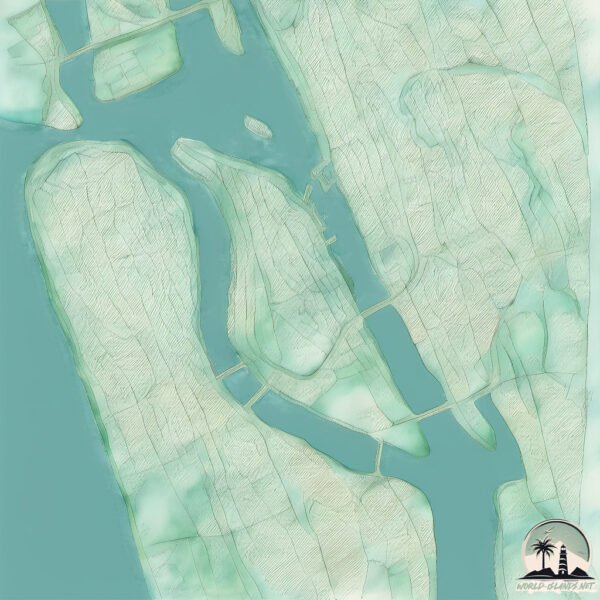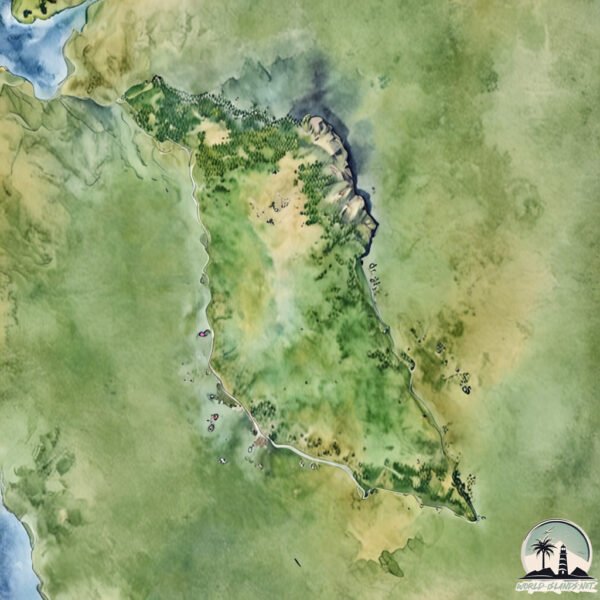Willingdon


Welcome to Willingdon, a Tropical island in the Laccadive Sea, part of the majestic Indian Ocean. This guide offers a comprehensive overview of what makes Willingdon unique – from its geography and climate to its population, infrastructure, and beyond. Dive into the details:
- Geography and Size: Explore the island’s size and location.
- Climate and Weather: Weather patterns and temperature.
- Topography and Nature: Uncover the natural wonders of the island.
- Infrastructure and Travelling: Insights on reaching, staying, and making the most of your visit.
- News and Headlines: Latest News.
Geography and size of Willingdon
Size: 7.951 km²
Coastline: 15.4 km
Ocean: Indian Ocean
Sea: Laccadive Sea
Continent: Asia
Willingdon is a Small Island spanning 8 km² with a coastline of 15.4 km.
Archipel: –
Tectonic Plate: India – A major tectonic plate that initially moved northward at a rapid pace before colliding with the Eurasian Plate. This collision is responsible for the uplift of the Himalayas and the Tibetan Plateau.
The geographic heart of the island is pinpointed at these coordinates:
Latitude: 9.94660578 / Longitude: 76.27618263
Climate and weather of Willingdon
Climate Zone: Tropical
Climate Details: Tropical Monsoon Climate
Temperature: Hot
Climate Characteristics: Characterized by heavy rainfall, high humidity, and uniformly high temperatures, but with a distinct short dry season. It features a seasonal reversal of prevailing wind directions.
Topography and nature of Willingdon
Timezone: UTC+05:30
Timezone places: Asia/Kolkata
Max. Elevation: 6 m
Mean Elevation: 4 m
Vegetation: Urban Area
Tree Coverage: 27%
The mean elevation is 4 m. The highest elevation on the island reaches approximately 6 meters above sea level. The island is characterized by Plains: Flat, low-lying lands characterized by a maximum elevation of up to 200 meters. On islands, plains are typically coastal lowlands or central flat areas.
Dominating Vegetation: Urban Area
Regions dominated by human development, including cities and towns, characterized by buildings, roads, and minimal vegetation. Willingdon has a tree cover of 27 %.
Vegetation: 6 vegetation zones – Very Highly Diverse Island
Islands in this range are ecological powerhouses, showcasing a wide array of vegetation zones. Each zone, from lush rainforests to arid scrublands, coastal mangroves to mountainous regions, contributes to a complex and interdependent ecosystem. These islands are often hotspots of biodiversity, supporting numerous species and intricate ecological processes.
Infrastructure and Travelling to Willingdon
Does the island have a public airport? no.
There is no public and scheduled airport on Willingdon. The nearest airport is Cochin International Airport, located 25 km away.
Does the island have a major port? no.
There are no major ports on Willingdon. The closest major port is KOCHI (COCHIN), approximately 3 km away.
The mean population of Willingdon is 5927 per km². Willingdon is Densely Populated. The island belongs to India.
Continuing your journey, Vypīn Island is the next notable island, situated merely km away.
India is classified as Emerging region: BRIC: Brazil, Russia, India, and China – Economies noted for their rapid growth and increasing influence on global affairs. The level of income is Lower middle income.
News – Latest Updates and Headlines from Willingdon
Stay informed with the most recent news and important headlines from Willingdon. Here’s a roundup of the latest developments.
Please note: The data used here has been primarily extracted from satellite readings. Deviations from exact values may occur, particularly regarding the height of elevations and population density. Land area and coastline measurements refer to average values at mean high tide.
